West Malaysia allows Borneo pigs to ease shortages as ASF disrupts domestic pork production.

Sarawak has emerged as a key player in efforts to stabilize Malaysia’s pork supply and prices as African swine fever (ASF) continues to disrupt production across the country.
So far, 1,600 live pigs from Sarawak have been shipped to Port Klang for slaughter to help offset production shortfalls in West Malaysia. The pigs came from Green Breeder Farm in Pasir Putih, Simunjan—the only pig farm in Malaysia licensed to export live pigs internationally, and currently the sole supplier of live pigs to Singapore.
With two shipments already sent to West Malaysia, Green Breeder is expected to continue supplying the peninsula in the months ahead. Other Sarawak-based farms are also preparing to add to the shipments, signaling a new phase of interregional trade that could ease supply gaps.
This marks a significant policy shift. For years, West Malaysia had barred live pigs from Borneo in order to protect its once large and vibrant domestic pig industry. But the devastating spread of ASF has weakened production so severely that authorities are now relying on Sarawak to maintain supply stability.
Malaysia’s overall pig population has suffered a sharp contraction. The national herd dropped from 1.86 million in 2021 to just 1.24 million in 2024, underscoring the scale of losses caused by ASF and the resulting culling measures.

While Sarawak’s shipments provide short-term relief, the federal government is also investing in longer-term reforms. Plans include expanding modern pig farming (MPF) systems and creating designated Pig Farming Areas (PFA) in major producing states.
One such project is a PFA in Tongod, Sabah (East Malaysia), with an investment of USD 5.8 million. The facility will include biosecure infrastructure designed to support integrated and sustainable pig farming.
Authorities are also working with farmers, processors, and importers to improve disease control and ensure better preparedness for future disruptions.
Malaysia’s pork self-sufficiency ratio (SSR) currently stands at 67.8%—its lowest level in years. With domestic supply under strain and consumer prices rising, Sarawak’s role as a stabilizer has become increasingly critical.
If additional Sarawak farms join Green Breeder in supplying West Malaysia, the move could soften the supply gap created by ASF. However, questions remain over whether these measures will be enough to rebuild resilience in an industry facing structural decline.
Subscribe now to the technical pig magazine
AUTHORS
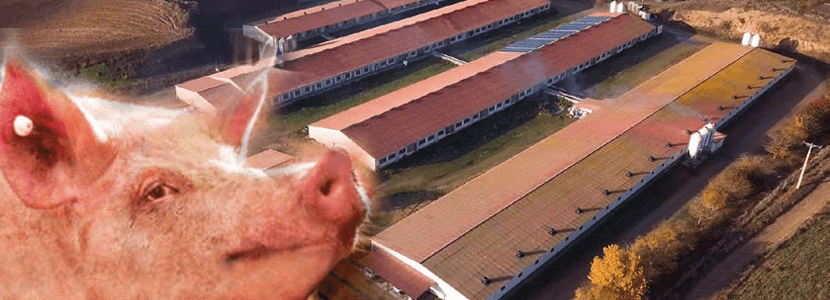
Bifet Gracia Farm & Nedap – Automated feeding in swine nurseries

The importance of Water on pig farms
Fernando Laguna Arán
Microbiota & Intestinal Barrier Integrity – Keys to Piglet Health
Alberto Morillo Alujas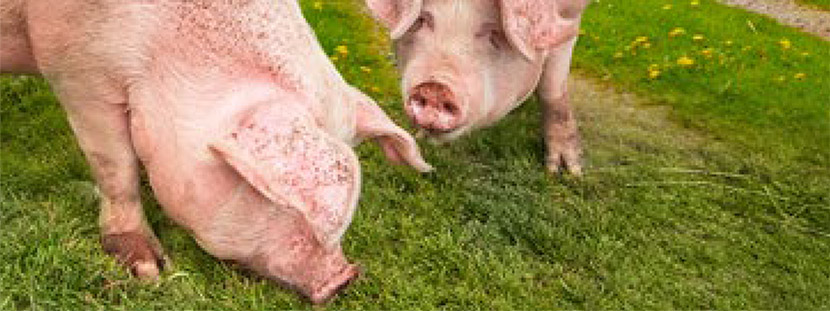
Impact of Reducing Antibiotic use, the Dutch experience
Ron Bergevoet
The keys to successful Lactation in hyperprolific sows
Mercedes Sebastián Lafuente
Addressing the challenge of Management in Transition
Víctor Fernández Segundo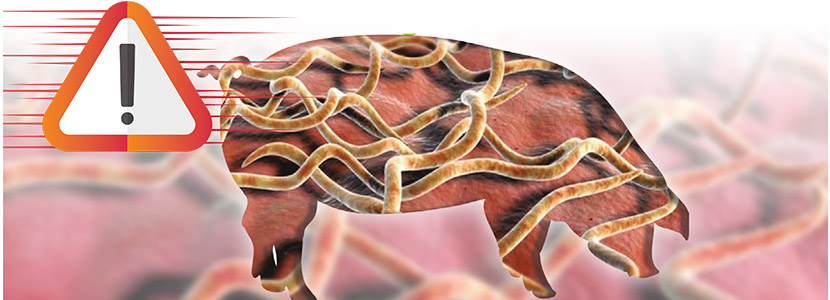
Dealing with the rise of Swine Dysentery
Roberto M. C. Guedes
Actinobacillus pleuropneumoniae – What are we dealing with?
Marcelo Gottschalk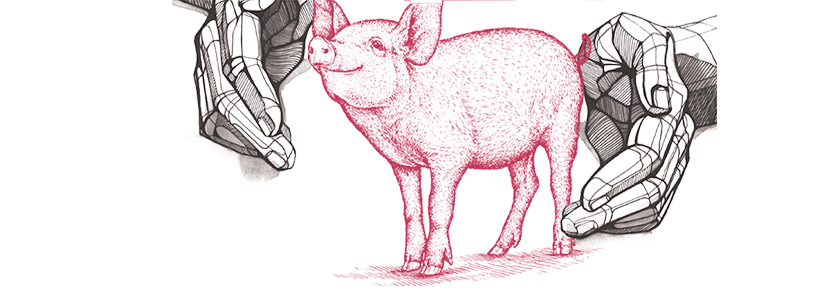
The new era of Animal Welfare in Pig Production – Are we ready?
Antonio Velarde
Gut health in piglets – What can we do to measure and improve it?
Alberto Morillo Alujas
Interview with Cristina Massot – Animal Health in Europe after April 2021
Cristina Massot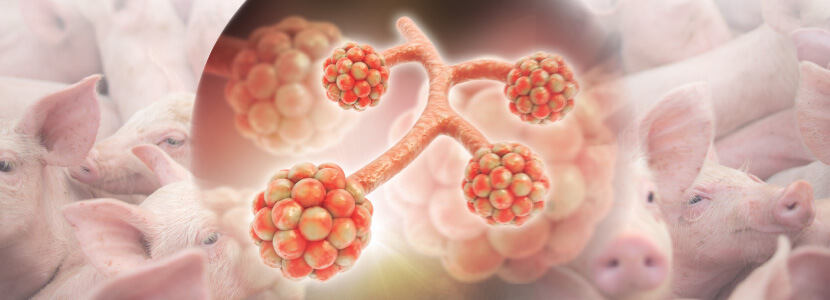
Differential diagnosis of respiratory processes in pigs
Desirée Martín Jurado Gema Chacón Pérez